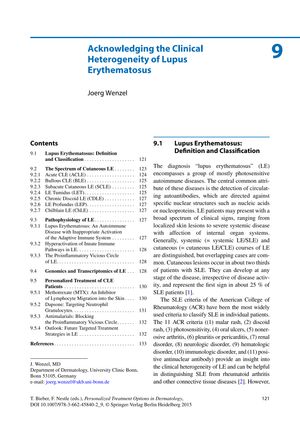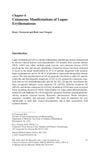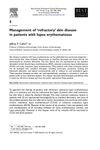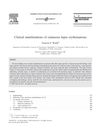Acknowledging the Clinical Heterogeneity of Lupus Erythematosus
January 2015

TLDR Lupus is a complex disease that requires personalized treatment because it varies greatly between individuals.
The document from 2015 discusses the complexity of Lupus Erythematosus (LE), an autoimmune disease with various subsets such as systemic LE (SLE) and cutaneous LE (CLE), each with distinct clinical presentations and associated antibodies. It highlights the need for accurate classification systems like the Systemic Lupus International Collaborating Clinics (SLICC) criteria and the Revised Cutaneous Lupus Erythematosus Disease Area and Severity Index (RCLASI) to effectively diagnose and treat the disease. The document also explores the genetic factors and pathophysiology of LE, including the role of the immune system and genetic associations. It emphasizes the importance of personalized treatment strategies, referencing the German Society of Dermatology's guidelines for CLE treatment and the potential of targeted therapies. The document underscores the clinical heterogeneity of LE and the necessity of individualized treatment approaches due to this variability.



